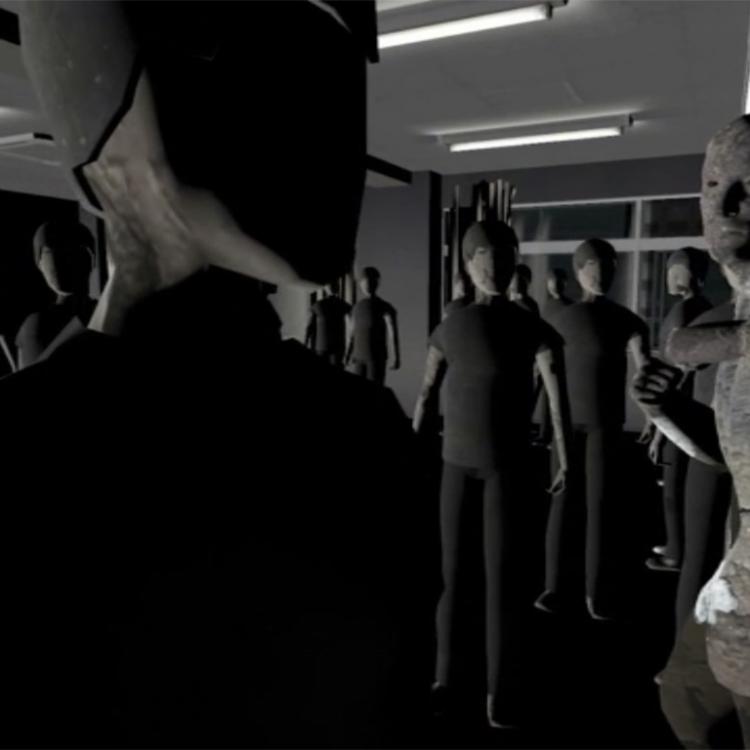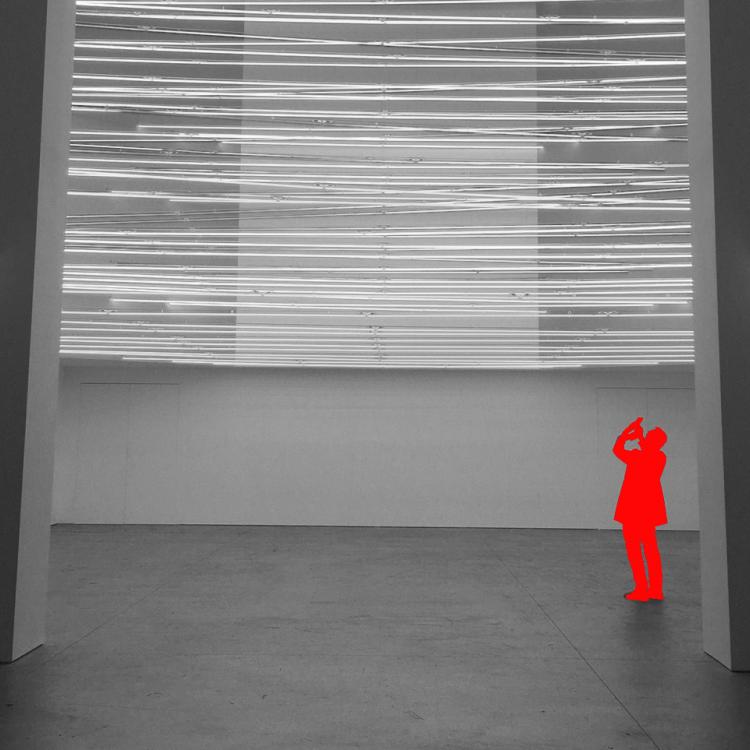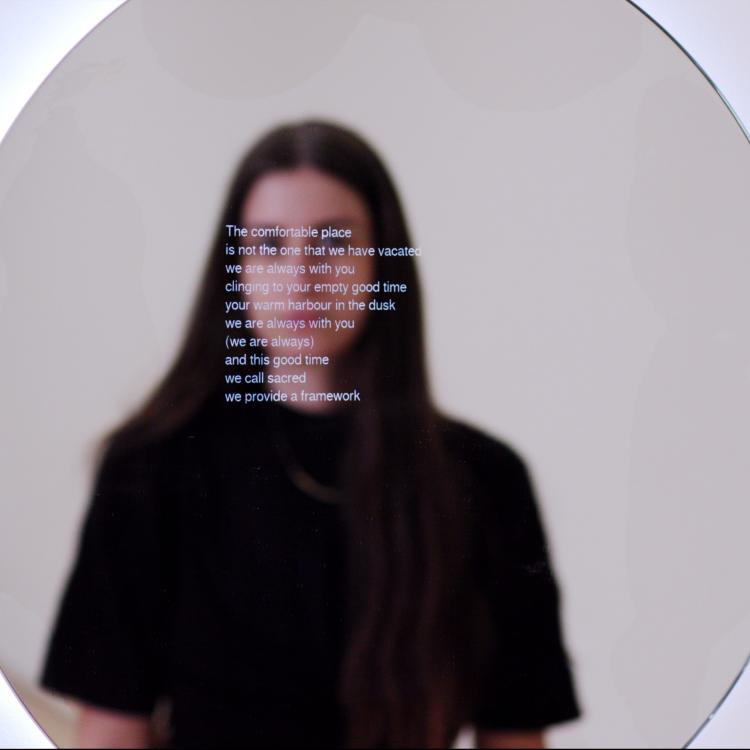This project could suit a candidate with a background in the socio-technical area of IM or IT, or could be tackled from a range of technical perspectives.
One example of the kind of work a suitable candidate could undertake is in support of the NEED collaboration - which at the Australian end is being run out of FIT. In the NEED setting, questions of inequity in healthcare and wellness act as the starting point for considering digital health opportunities and solutions.
#digitalhealth #NEED #equity #health




